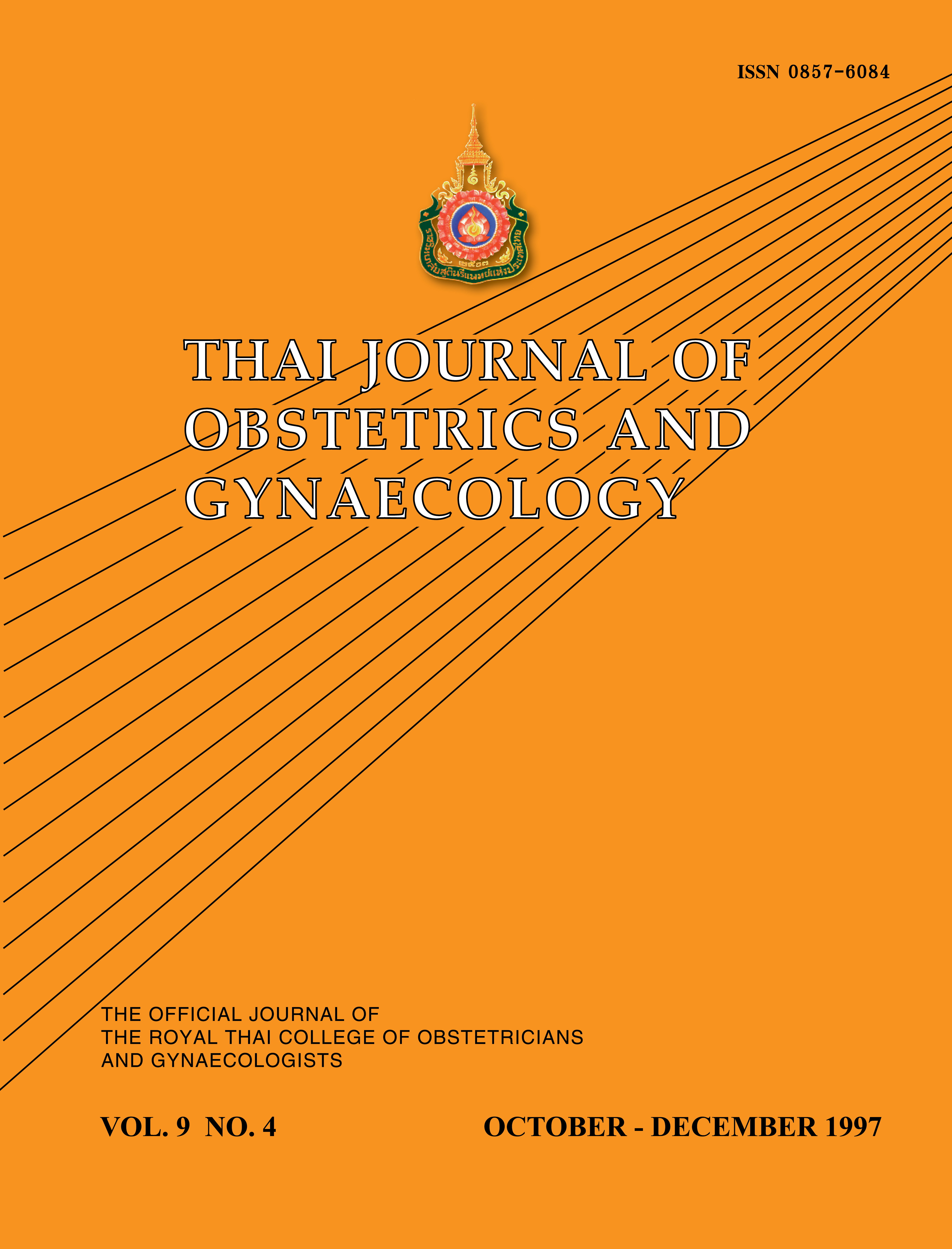Human Fetal Behaviour
Main Article Content
Abstract
Studies in fetal behaviour have been of interest for centuries. Philosophers and scientists have speculated about the behavioural abilities of the fetus. Since the existence of behavioural states in the newborn were described in the 1960s, workers have been interested in the behaviour of the human fetus. The existence of fetal behavioural states was first demonstrated in 1982 by Nijhuis et al. (1) These were defined as physiological and behavioural variables which characterise an organism at a given moment. The fetus is not just a passive organism feeding on its mother but is a neurologically complex organism. Before the development of high reso lution ultrasound, knowledge about the fetus was rather limited. Despite limited knowledge, aspects of fetal behaviour have play a role in clinical practice for centuries. Fetal movement was thought to be the first aspect of fetal behaviour to have any clinical relevance. Prolonged absence of fetal movements in late pregnancy was associated with fetal jeopardy or even fetal death.(2) Ultra sound provides the opportunity for the first time to study the ontogeny, development and integration of many aspects of fetal behaviour. Normal behaviour may reflect normal neuronal integrity of the individual. Many aspects of fetal behaviour, such as fetal movements, rest activity cycles, cardiotocography and fetal breathing movements have been used either individually or in combi nation as a biophysical profile. These have been shown to be useful as measures of fetal well being in the last trimester of pregnancy which may be compromised as a result of a number of pathological factors. (2,3)In addition, by giving an insight to the neurodevelopmental status of the fetus, behaviour may elucidate antenatal causes of childhood disability.(3)
Article Details

This work is licensed under a Creative Commons Attribution-NonCommercial-NoDerivatives 4.0 International License.


